This is subscriber-only content, for active Nordic Ski Lab members.
Already a member? LOGIN HERE >>>
Check your membership status in your Account Page >>>
Non-members may buy a membership HERE >>>
What’s Inside Nordic Ski Lab
- Over 100 ski technique videos!
- Skate and classic ski lessons and drills – beginner to advanced
- All skate and classic ski techniques analyzed and explained
- Biomechanics for performance and injury prevention
- Current technique trends
- Expert demos (World Cup Athletes and Olympians)
- Video technique analysis for members (not guaranteed)
- Dryland training ideas
- Roller skiing drills and advice
- Member-Only Forum
- And more!


